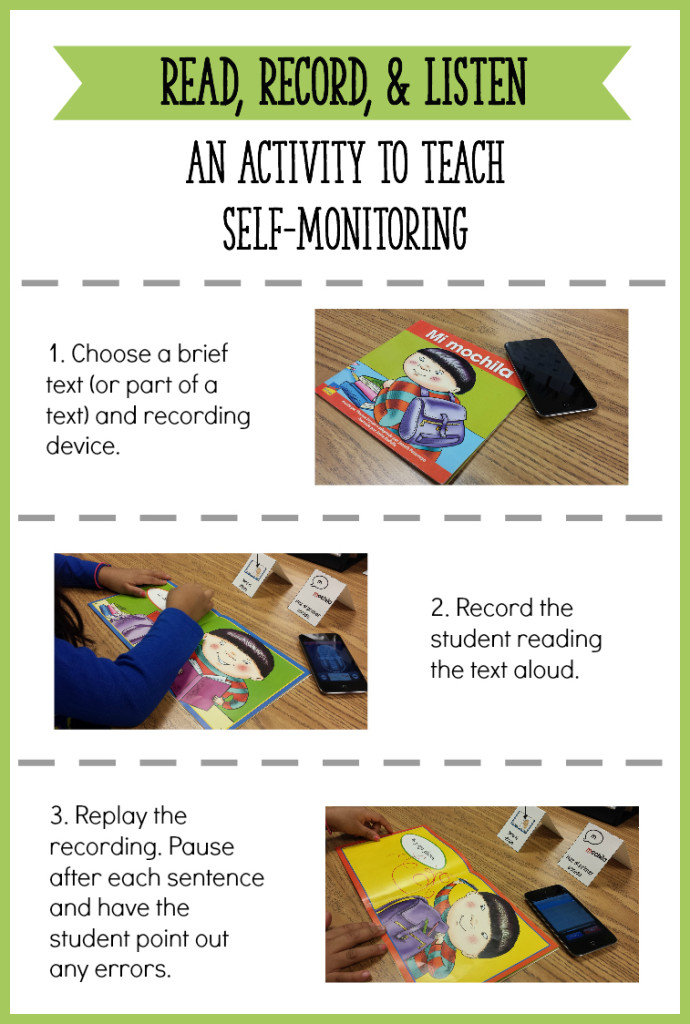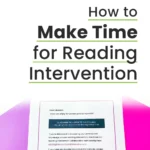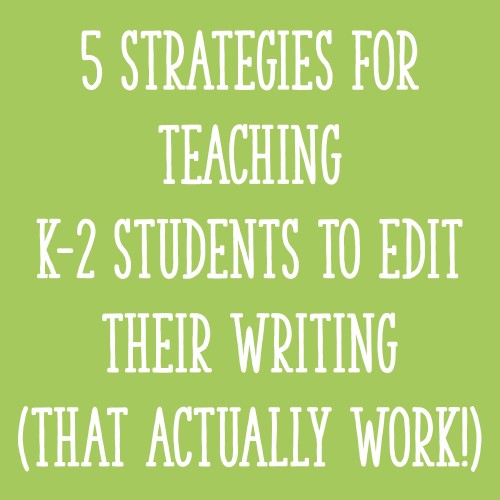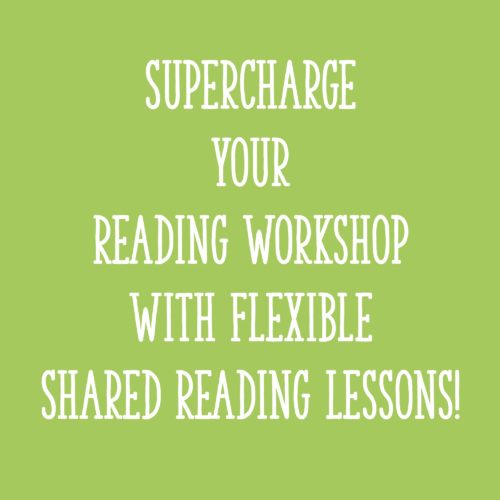Lately, my intervention lessons have focused on teaching my emergent readers to self-monitor. I want them to be consistently checking that the words they read look right, sound right, and make sense.
Many of my students have not been monitoring for visual cues (i.e. reading, “Look at the rock” instead of “Look at the stone”). Last week, I wrote about how I’ve been using prompting cards to minimize these errors and encourage self-monitoring.
The prompting cards have definitely been helpful (and the kids love them!). But I’ve been looking for additional ways to teach self-monitoring. Sometimes explaining a strategy one way “clicks” for some kids, but other kids need to be taught the strategy in a different way.
I started thinking about how hard my emergent readers are already working! They are trying to point to each word individually. They are looking at the pictures and thinking about the text. They are trying to remember letter sounds (some of which are not yet solidified!). They are trying to figure out if a letter is a “b” or a “d.”
They have so much going on in their brains that it’s no wonder they often fail to self-monitor! I started asking myself how I could free up some of their attention to focus more on self-monitoring.
I realized that if my students could simply hear themselves read while looking at the print on the page (without trying to figure out what the words say at the same time), then self-monitoring would become easier. I decided to bring in my iPod for a little “Read, Record, and Listen” activity. Here’s what we did:
Read, Record, and Listen
1. Have the student read an emergent text aloud (use a short article or part of a text for slightly older students). Record the students’ reading with a tape recorder, phone, tablet, or computer.
2. Explain to the student that you are going to replay the recording. While you replay it, the student is to follow along silently in his book, pointing 1:1 (if the child reads at a level C or below). The student’s job is to listen carefully to his own reading, monitoring to see if the words he read match the letters on the page. If you want students to monitor for meaning or syntax, then tell them that instead (but only choose one goal at a time).
3. Begin replaying the recording. Stop after each page (or sentence/pair of sentences). Ask the student, “Did what you read look right?” If the student struggles to find errors, do some modeling first.
4. Continue doing this for a few more pages/sentences, until the child seems to be getting it. There’s no need to re-play the entire book.
5. When you’re finished, praise the child on finding the errors. Then, say something like, “The reason why we taped your reading was so that you could practice listening to yourself read. We won’t always record your reading. But just like we did today, you need to carefully listen to yourself when you are saying the words in a book. At the same time, you need to check that the words you say match the letters you see.”
Here’s a little visual to take you through the activity:

I’m planning on doing this a few more times with each student. For variety, sometimes I read a page of a book to students and make an error on purpose. My kids love finding my mistakes and pointing out why I am wrong!
Have you had students record their reading before? How did it go? Comment below!













Such a great idea to have students listen to the recording and pause to check for mistakes- love it! Thanks for yet another fabulous idea that I can implement this week. 🙂
Aylin
Thanks!! I hope it goes well. Gotta try anything and everything to get those Kinders reading at the end of the year, right?!